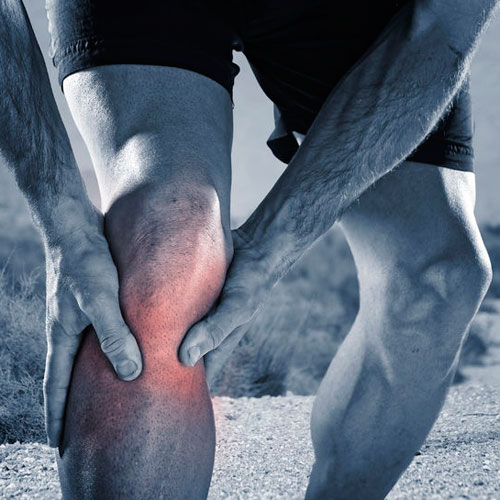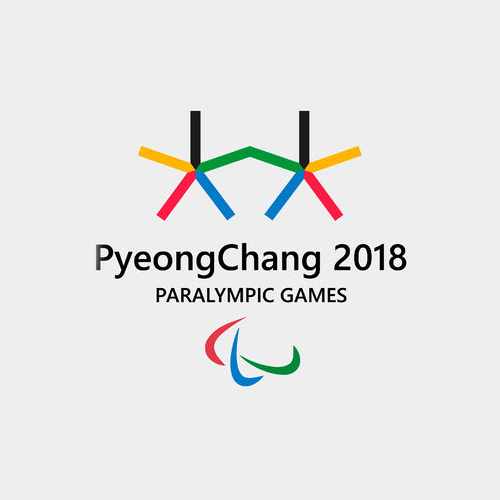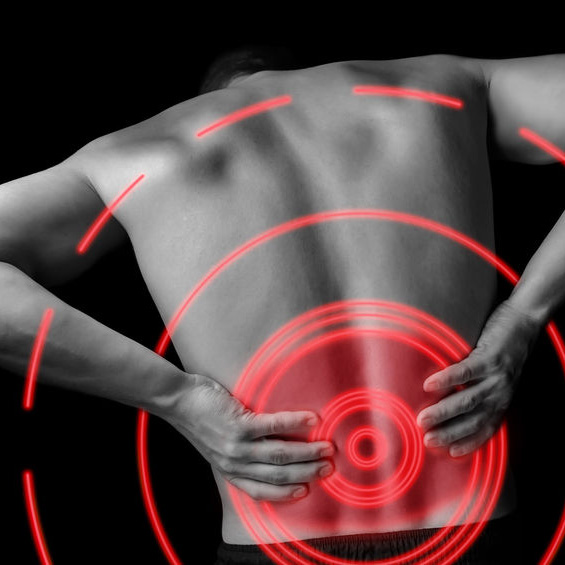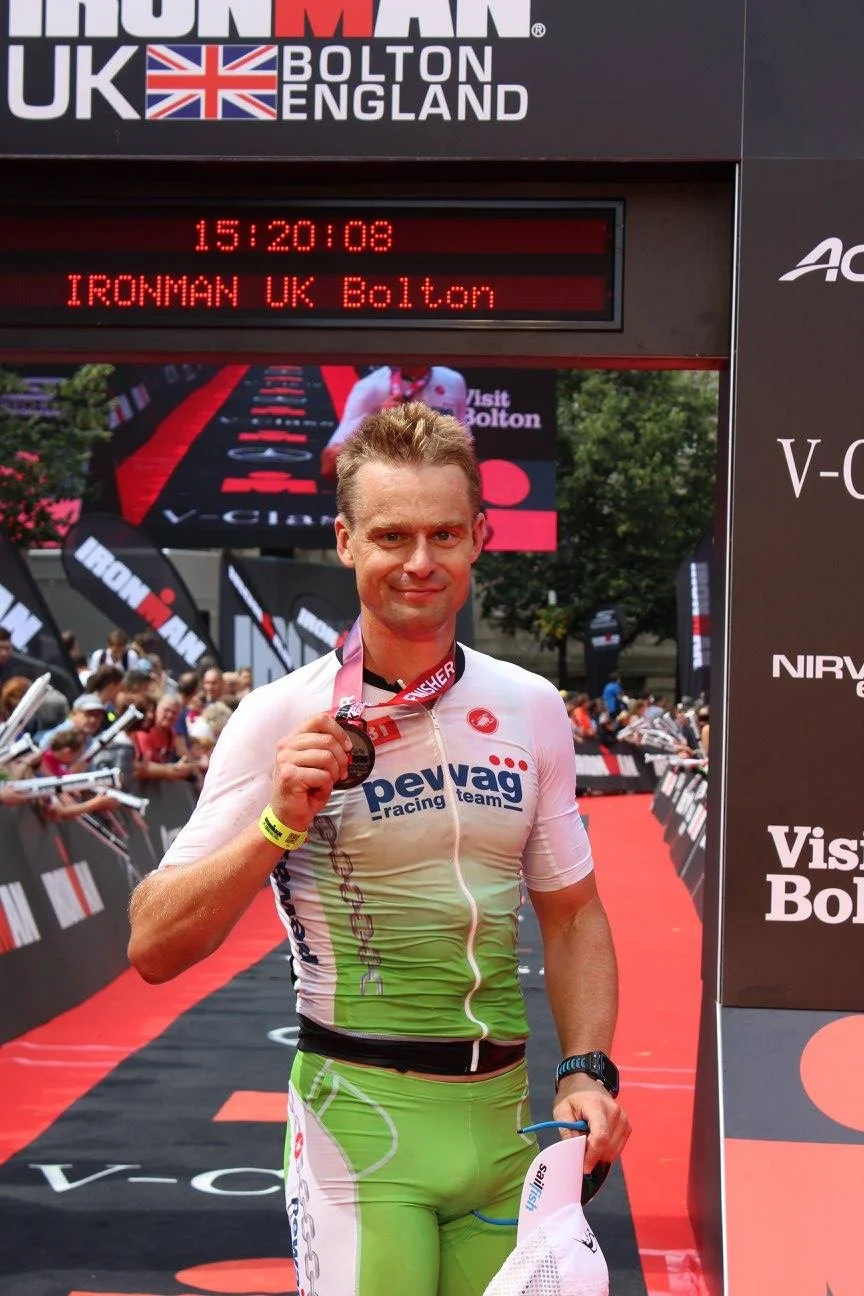Injury of the month: Musicians' Injuries
Physio Remedies' Physio Stuart Mailer has worked with world famous bands from the UK and the USA and been on tour with them, so we asked him to talk about injuries suffered by musicians and how to prevent and treat them.
For many musicians injuries can be hugely debilitating and, like any professional athlete, this can cause significant problems when performing.
Musicians can suffer from a range of injuries depending on their instrument of choice. For example, a violinist may suffer from a rotator cuff impingement or cervical pain. A bass player may suffer from elbow dysfunctions or injuries. Even being highly skilled and trained does not mean that the musician is void of injury.
Injuries can occur from trauma or overuse such as increased volume of loading/playing or changing instrument. For example the different action of a guitar or fret width or even changing the seating position on the piano can affect tissue loading .
Drummers go through constantly high loads when performing. For example, in a 60 min performance there may be 5,000 impacts on the bass peddle, their heart rate may be sitting at 75% or averaging at 140-160bpm - similar to having a long run. This is same as many elite athletes experience. Further to this there is also a high amount of load on their lower back, neck and forearms.
It is not uncommon for drummers to suffer from low back problems such as discogenic injuries or cervical problems. These can be treated and managed well by adapting sitting position or technique and drum kit set up. Also undergoing specific exercises and injury prevention prehab can help reduce the likelihood of injury.
If you play an instrument and suffer from injury it is certainly advisable you see a Physiotherapist to assess and check your biomechanics and playing position to help in assisting your recovery or intervention.
If you'd like an appointment with Stuart or any of our other Physios, please call us on 020 30 12 12 22.
Words by Stuart Mailer.
















